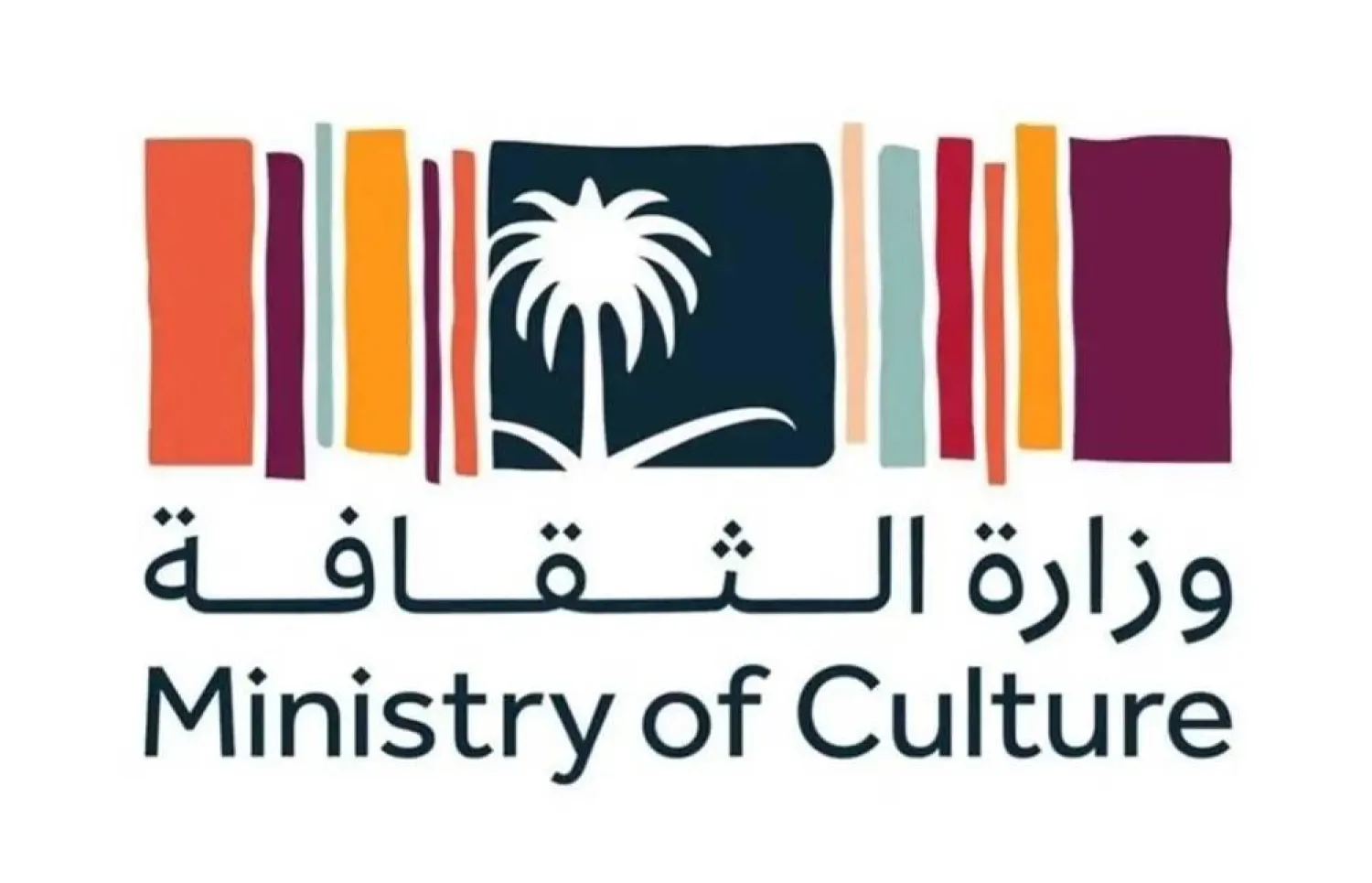The hand-carved domes and brick-laid arches had almost all been put back together when an earthquake shook Morocco so violently that they caved in on themselves and crashed to the earth.
After nearly 900 years, the Great Mosque of Tinmel lay in pieces — its minaret toppled, its prayer hall full of rubble, its outer walls knocked over.
But even in ruins, it remained holy ground for the residents of Tinmel. Villagers carried the sheet-laden bodies of the 15 community members killed in the quake down the hillside and placed them in front of the decimated mosque.
Among the mourners was Mohamed Hartatouch, who helped carry the remains of his son Abdelkrim. A 33-year-old substitute teacher, he died under bricks and collapsed walls while the village waited a day and a half for rescue crews to arrive.
“It looked like a storm. I wasn’t able to feel anything,” the grieving father said, remembering the day after the quake.
One year later, the rubble near Hartatouch’s half-standing home has been swept aside and Tinmel residents are eager to rebuild their homes and the mosque. They say the sacred site is a point of pride and source of income in a region where infrastructure and jobs were lacking long before the earthquake hit.
“It’s our past,” Redwan Aitsalah, a 32-year-old construction worker, said the week before the earthquake’s anniversary as he reconstructed his home overlooking the mosque.
The September 2023 quake left a path of destruction that will take Morocco years to recover from. It killed nearly 3,000 people, knocked down almost 60,000 homes and leveled at least 585 schools. The damage will cost about $12.3 billion to rebuild, according to government estimates.
Stretches of road were left unnavigable, including Tizi N’Test, the steep mountain pass that weaves from Marrakech to Tinmel and some of the hardest-hit villages near the earthquake’s epicenter.
Workers are now sifting through the rubble searching for the mosque's puzzle pieces. They are stacking useable bricks and sorting the fragments of remaining decorative elements arch by arch and dome by dome, preparing to rebuild the mosque using as much of the remains as possible.

Though incomparable to the human loss and suffering, the restoration effort is among Morocco’s priorities as it attempts to rebuild.
The country’s Ministry of Islamic Affairs and Ministry of Culture have recruited Moroccan architects, archaeologists and engineers to oversee the project. To assist, the Italian government has sent Moroccan-born architect Aldo Giorgio Pezzi, who had also consulted on Casablanca’s Hassan II Mosque, one of Africa's largest.
“We will rebuild it based on the evidence and remains that we have so it returns to how it was,” Morocco’s Minister of Islamic Affairs Ahmed Toufiq told The Associated Press.
The Great Mosque was a marvel of North African architecture with lobed arches, hand-carved moldings and the adobe-style bricks made of rammed earth used to construct most the area’s structures.
It was undergoing an 18-month-long restoration project when the quake struck, causing its ornate domes and pillars to cave in. Its clay-colored remnants lay in pieces beneath scaffolding erected by restoration workers from villages throughout the region, five of whom also died.
“The mosque withstood centuries. It’s the will of God,” Nadia El Bourakkadi, the site’s conservationist, told local media. The temblor leveled it months before repairs and renovations were to be completed.
Like in many of the area’s villages, residents of Tinmel today live in plastic tents brought in as temporary shelter post-earthquake. Some are there because it feels safer than their half-ruined homes, others because they have nowhere else to go.
Officials have issued more than 55,000 reconstruction permits for villagers to build new homes, including for most of the homes in Tinmel. The government has distributed financial aid in phases. Most households with destroyed homes have received an initial $2,000 installment of rebuilding aid, but not more.
Despite the extent of their personal losses, Moroccans are also mourning the loss of revered cultural heritage. Centuries-old mosques, shrines, fortresses and lodges are scattered throughout the mountains.
The country sees Tinmel as the cradle of one of its most storied civilizations. The mosque served as a source of inspiration for widely visited sacred sites in Marrakech and Seville. Pilgrims once trekked through the High Atlas to pay their respects and visit. Yet centuries ago, it fell into disrepair as political power shifted to Morocco’s larger cities and coastline.
“It was abandoned by the state, but materials were never taken from it,” said Mouhcine El Idrissi, an archaeologist working with Morocco’s Ministry of Culture. “People here have long respected it as a witness to their glorious and spiritual past.”









